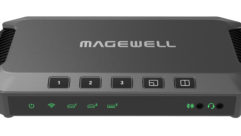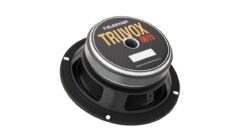Q & A: Loudspeaker Cabling
I need to run a loudspeaker cable underground, about 400 feet, to a pole-mounted outdoor loudspeaker in a high school stadium. What kind of cable should I use, and does it need to be in conduit? Metal or PVC conduit?
Next Month’s Question:
Q: I need to run a loudspeaker cable underground, about 400 feet, to a pole-mounted outdoor loudspeaker in a high school stadium. What kind of cable should I use, and does it need to be in conduit? Metal or PVC conduit?
A: You should use a cable that’s specifically designed for direct burial. A cable with a high-density polyethylene jacket is particularly well equipped for direct burial, because it can stand up to compressive forces. The National Electrical Code specifies 24 inches as the minimum burial depth for 0-600 volt nominal applications. Given the length of your run, you should use the heaviest gauge possible, such as 10 or 12 AWG stranded loudspeaker cable. Also, conduit depends on local codes. Even if it’s not required, it may be a good idea to protect against rodent damage and to simplify recabling, should the need arise.
Source: Belden Inc.
What will have the most impact on the quality of a projected image: ambient light conditions, lens type, screen material, the light engine itself, or something else?
Send your responses to [email protected]. If you have a question you’d like your AV colleagues to answer, send it to the same e-mail account. If we use your question, we’ll send you a coolPro AVgift.










